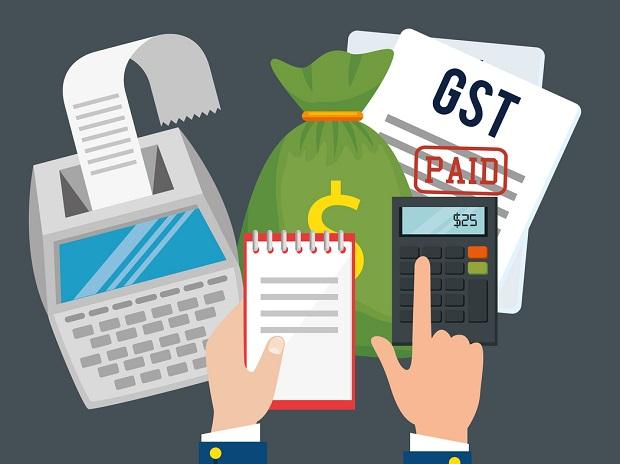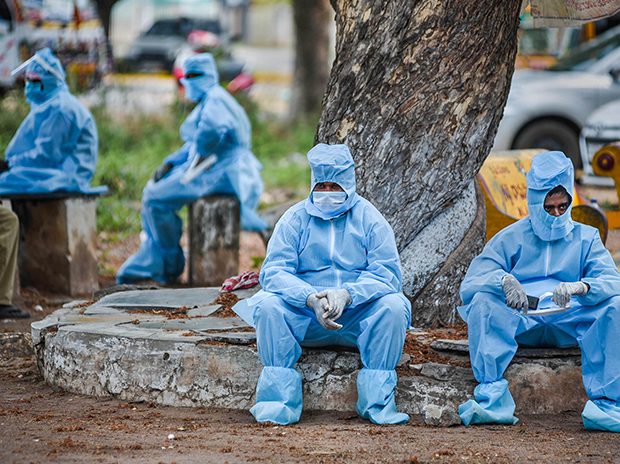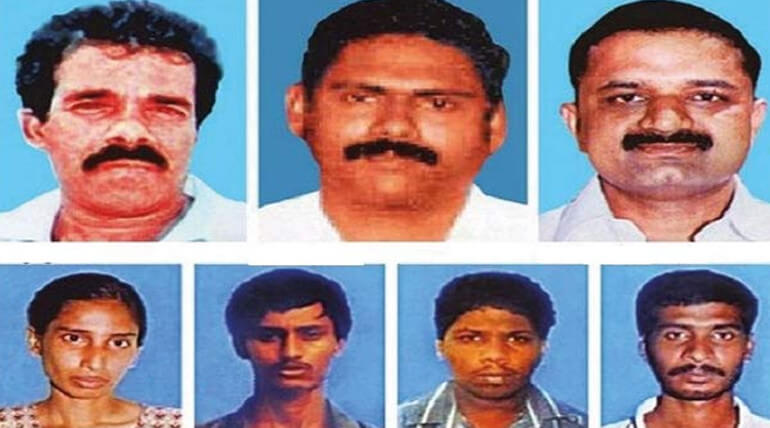GST receipts at Rs 1.45 trn in June in second-best show in 5 years . Also June 2022 was the fourth month in a row when the GST receipts crossed Rs 1.4 trillion
Average GST collections at Rs 1.51 trillion a month in the first quarter of the current financial year are much higher than the Rs 1.2 trillion derived from the Budget Estimates.
The growth can be attributed to the low base of Rs 92,800 crore last June which was the outcome of the second wave of Covid-19. However, what is noteworthy is that the collections this June were only surpassed by the Rs 1.67 trillion mopped up in April 2022.
It is atributed April 2022 numbers are usually high due to arrears filed in March.
June was the fourth month in a row when the GST receipts crossed Rs 1.4 trillion. Bolstered by it, finance minister Nirmala Sitharaman said Rs 1.4 trillion is the “rough bottom line” now for GST collections.
However, on the worrisome view high inflation can also be partly cited as a key growth driver, even as the government attributed the performance to economic recovery and the administrative measures taken by it.
“Coupled with economic recovery, anti-evasion activities especially action against fake billers have been contributing to the enhanced GST,” an official statement said.
The collections grew 37 per cent year on year in Q1 of FY23. Economists believe growth may not be as high in the remaining months of the current fiscal as the low base effect fades. It could fall to about 17 per cent.
“If GST collections grow at the envisioned pace of 17 per cent in FY23, then many states may be able to withstand the end of the GST compensation period. However, some states with a relatively higher dependence on GST compensation as a revenue source may find FY23 to be a particularly challenging year,” said Icra chief economist Aditi Nayar.
As many as 15 states and union territories witnessed at least 50 per cent growth in their GST revenues from domestic transactions in June.
States revenues were protected for the first five years of the GST roll out if their growth fell below 14 per cent per annum, with 2014-15 as the base year.
“The collections should give some comfort to both the union and the states on the revenue front,” said Abhishek Jain, partner indirect tax, KPMG in India.
Of the total GST collections, Rs 25,306 crore was from central GST, Rs 32,406 crore from state GST, Rs 75,887 crore from integrated GST and Rs 11,018 crore from cess. After settling the IGST amount between the Union and the states, the share of the former wasRs 68,394 crore and that of the latter, Rs 70,141 crore.
Ironically, cess collection in June is the highest since the introduction of GST when the system of compensation for the states has ended. From this month onwards, the cess would be used to repay the borrowings, raised to meet the shortfall in revenues of the states due to Covid-induced lockdowns.
The June collections prompted experts to say that the GST system is now stabilizing. “As the GST regime is out of its nascent stage, the initial bottlenecks have been cleared,” said Shravan Shetty, managing director, sector potential realisation at Primus Partners.









